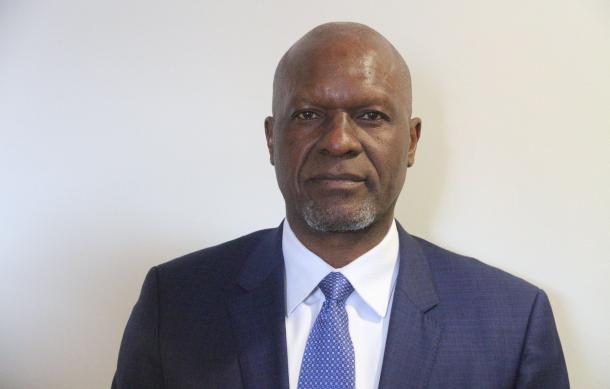
For the past 34 years, rural electrification in the Kavango East Region has mostly targeted public institutions instead of households.
The regional leadership says it's about time to shift focus to households in rural areas, where some have been without electricity since independence.
This was among the deliberations that took place during the discussion between representatives of the Ministry of Mines and Energy and the Kavango Regional Council on the question of rural electrification.
The views on rural electrification were expressed during an engagement between the Minister of Mines and Energy and the Kavango East Regional Council.
The Kavango East Regional Council leadership says that even though it was recommended in a 2015 report on the Electricity Supply Industry Support Mechanism that the electrification of households needs to be approved, not much was done to distribute electricity to rural households.
"Given the fact that we do not have all the resources to electrify what needs to be electrified in rural areas, households, and public institutions, it was then said maybe it might make better sense for us to accelerate electrification to public institutions, hence the decision to say, with the money we have, let's electrify schools, clinics, and hospitals so that at least we get that out of the way," said Mines and Energy Minister Tom Alweendo.
The regional leadership says focusing only on public institutions is to the disadvantage of many rural households, saying household electrification is a primary tool to address and alleviate poverty.
Alweendo acknowledged that electrification at the household level can unlock economic opportunities, but added that taking the household electrification route will be at the expense of public institutions.





